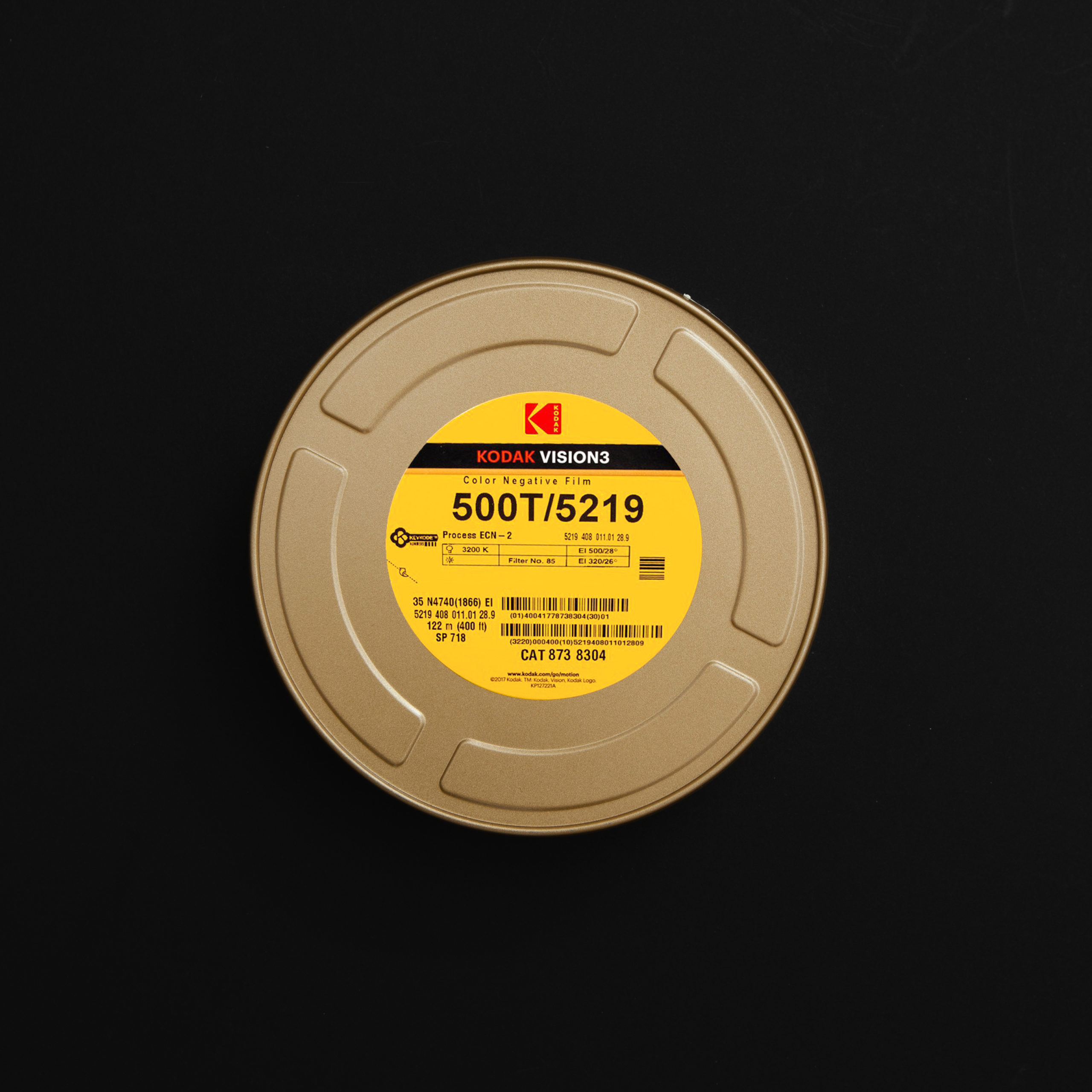Cinematography: The Future of Still Film? SilvergrainClassics Fireside Chat #5

A 122 meter (400 ft.) can of Kodak Vision 3 motion picture film.
At the same time, there is a huge demand for negative film stock for still photography like Kodak GOLD, Ultra, Portra, and Ektar. Our choices have decreased with the discontinuation of the Fujicolor 400H, and although Lomo recently introduced a color film alternative, the demand is still higher than the supply.

A frame of 65mm Kodak Vision 3 250 shot with a Mamiya RB67 70mm long film back, cross processed in C-41 chemistry. In this case, the remjet removal partly failed, leading to heavy streaking on the image.
That’s the picture we still photographers see, and many people are speculating about what the future will bring. What stocks are available for still photographers as well as cinematographers? Could motion picture film fill in the gaps for still photographers? Can it really be made practical and affordable for small batch home users? What about scanning?
To get an insight into today’s Motion Picture world, and also to consider its stock for still photographers, we have gathered an interesting group of guests for our next Fireside Chat. They can give us a first-hand impression of where the movie industry is going, and if it could be a support for the future of still film photography.
You can watch the fifth Fireside chat with Antonio Rasura, ( Eastman Kodak, Director of Motion Picture Services), Thomas Bergmann (Silbersalzfilm), Michael Boxrucker (cinematographer and instructor for Kodak), Peter Fries (Managing Director OMNIMAGO, Motion Picture Scanning and Restoration) and our special guest, Bellamy Hunt, the “Japan Camera Hunter” here:
